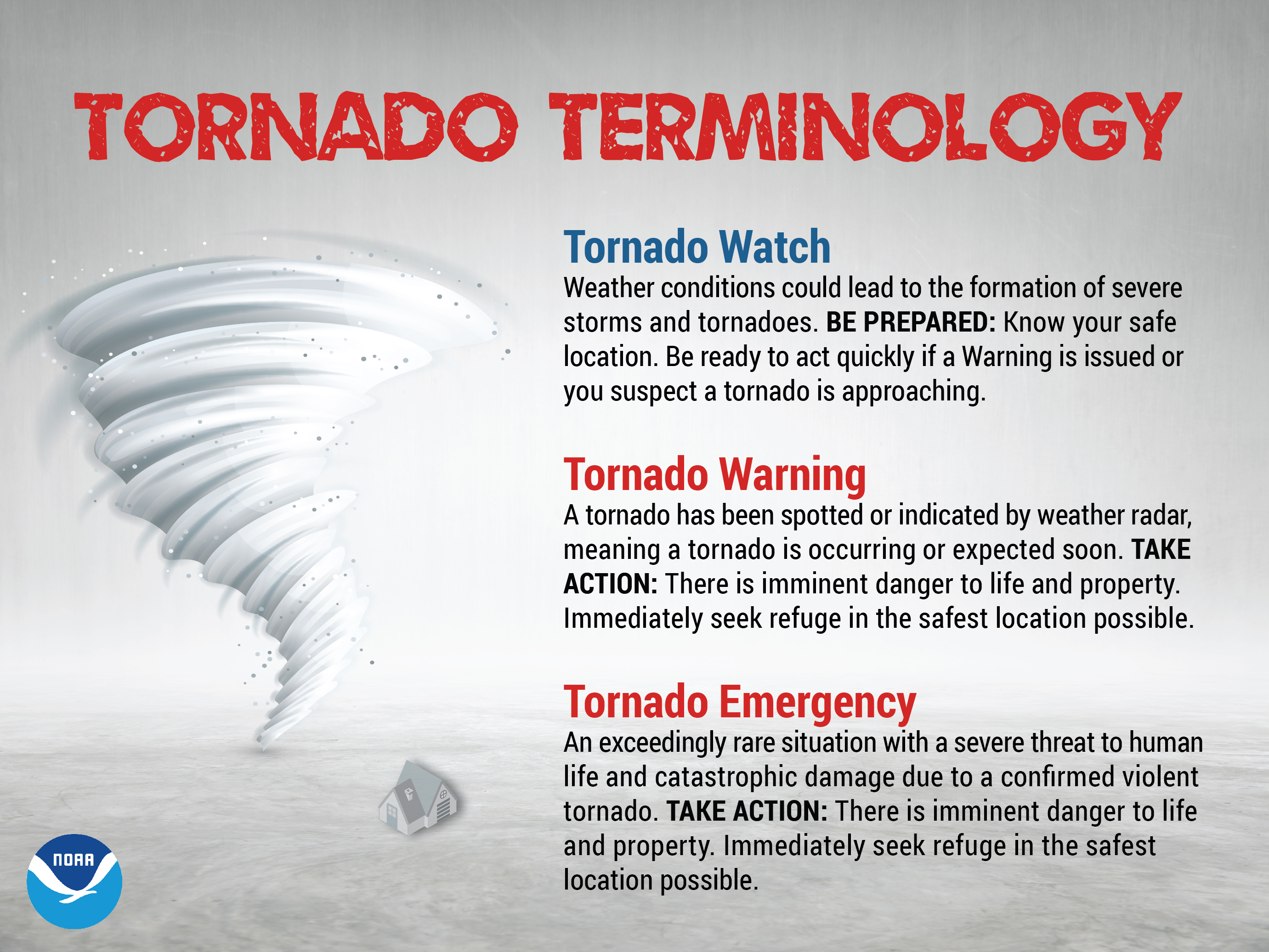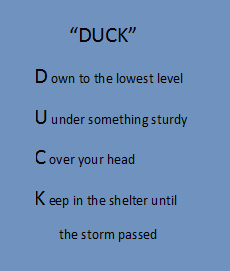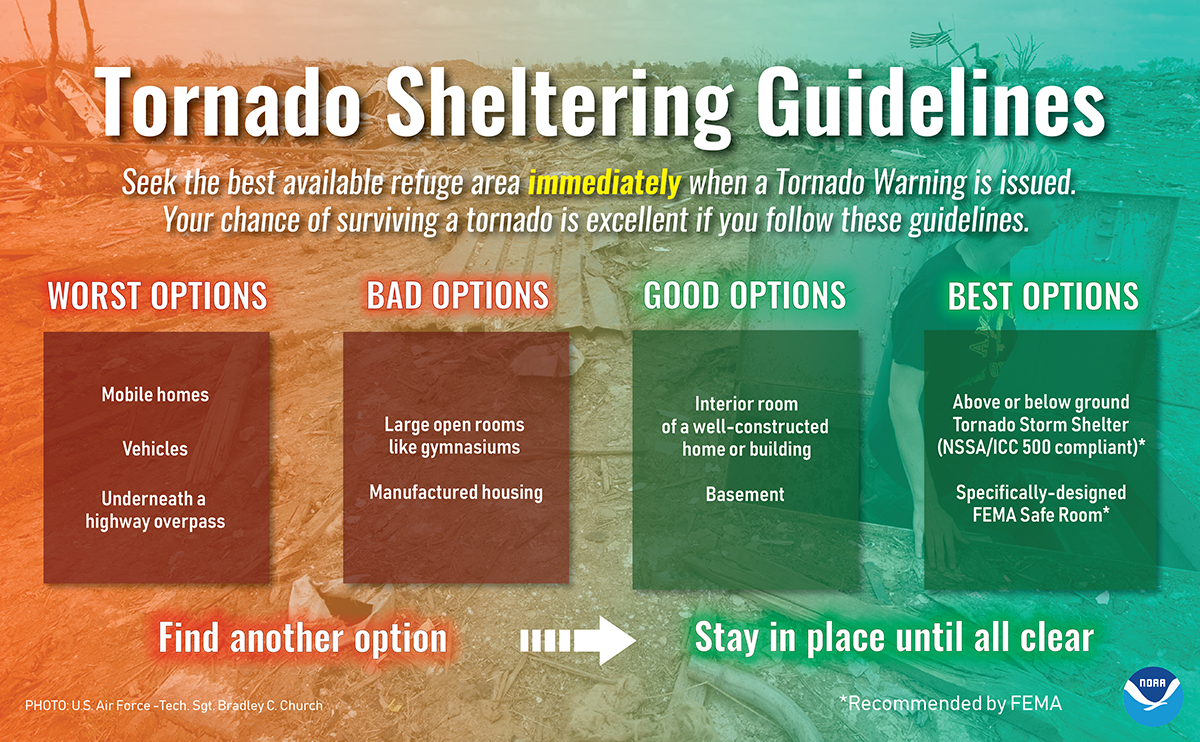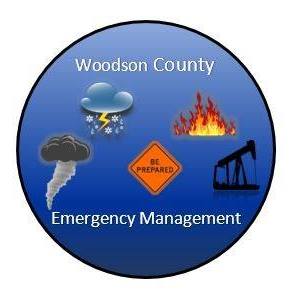Have you ever sat down with your family to discuss and plan what you would do in case of an immediate weather threat? If you haven’t, now would be an excellent time to sit down with your family and devise a plan. Finding the time to do this can be difficult, but taking 15 minutes to develop and practice a plan could save the lives of the ones you love. Please remember these tips when planning and carrying out your actions.


TORNADO SAFETY TIPS
Before the storm:
v Develop a plan of action
v Have frequent drills
v Have a NOAA Weather Radio with a warning alarm tone
v Listen to radio and television for information
v If planning a trip outdoors, listen to forecasts
If a warning is issued or threatening weather approaches:
v Always remember “DUCK”
v Stay away from windows
v Get out of automobiles and get into a sturdy structure of ditch
v Or, buckle your seat belt and get below window level of your vehicle
In Homes or Small Buildings:
Go to the basement or to an interior room on the lowest floor (closet or bathroom). Upper floors are unsafe. If there is no time to descend, go to a closet, a small room with strong walls or an inside hallway. Wrap yourself in blankets to protect yourself from flying debris.
In Schools, Hospitals, Factories or Shopping Centers:
Go to interior rooms and halls on the lowest floor. Stay away from glass enclosed places or areas with wide span roofs such as auditoriums and warehouses. Crouch down and cover your head. Don’t take shelter in halls that open to the south or the west. Centrally-located stairwells are good shelter.
In High-Rise Buildings:
Go to interior small rooms (bathrooms or closets) or hallways. Stay away from exterior walls or areas with glass.
In Mobile Homes:
ABANDON THEM IMMEDIATELY!!!!
Many deaths occur in mobile homes. If you are in a mobile home when severe weather approaches, leave it immediately and go to a substantial structure or designated tornado shelter. Determine your shelter ahead of time so you don’t have to think about it when weather strikes.
In open areas outside:
Lie flat in the nearest ditch or depression and use your hands to cover your head. Watch for rising water. Flash floods can occur quickly and lying in a ditch puts you at risk.
Tornadoes and Overpass Safety
Many people mistakenly think that a highway overpass provides safety from a tornado. In reality, an overpass may be one of the worst places to seek shelter from a tornado. Seeking shelter under an overpass puts you at greater risk of being killed or seriously injured by flying debris from the powerful tornadic winds.
Tornadic winds can make the most benign item a dangerous missile. In addition to the debris that can injure you, the winds under an overpass are channeled and could easily blow you or carry you out from under the overpass and throw you 100s of yards.
As a last resort, lie flat in a ditch, ravine, or below grade culvert to protect yourself from flying debris. If no ditch is available, you may remain in your vehicle, put on your seatbelt, lower yourself below window level, and cover your head with your hands or a blanket.

For Additional Information on Tornado Safety Please Visit:
Learn about Tornadoes and how to prepare! (National Weather Service)


